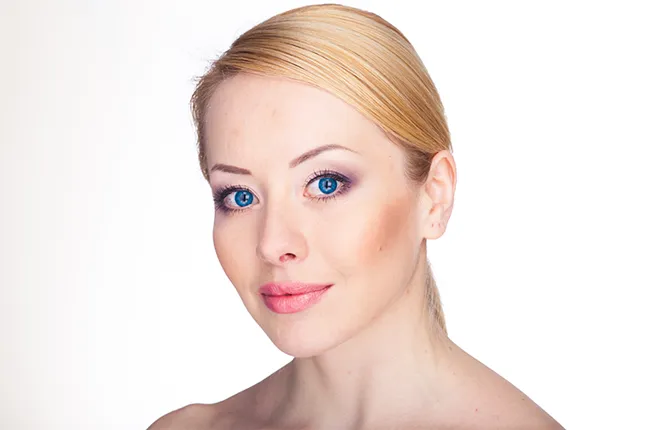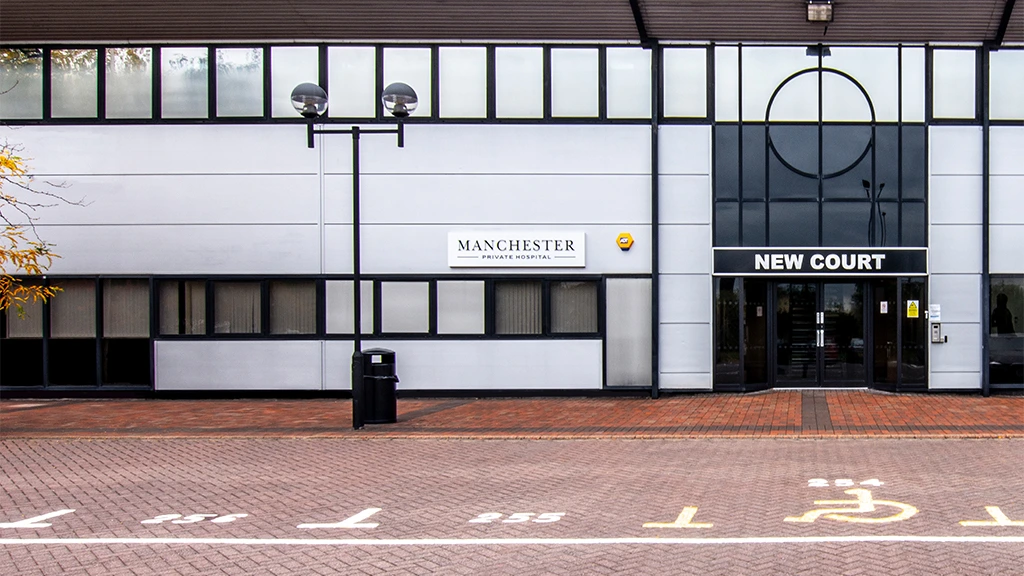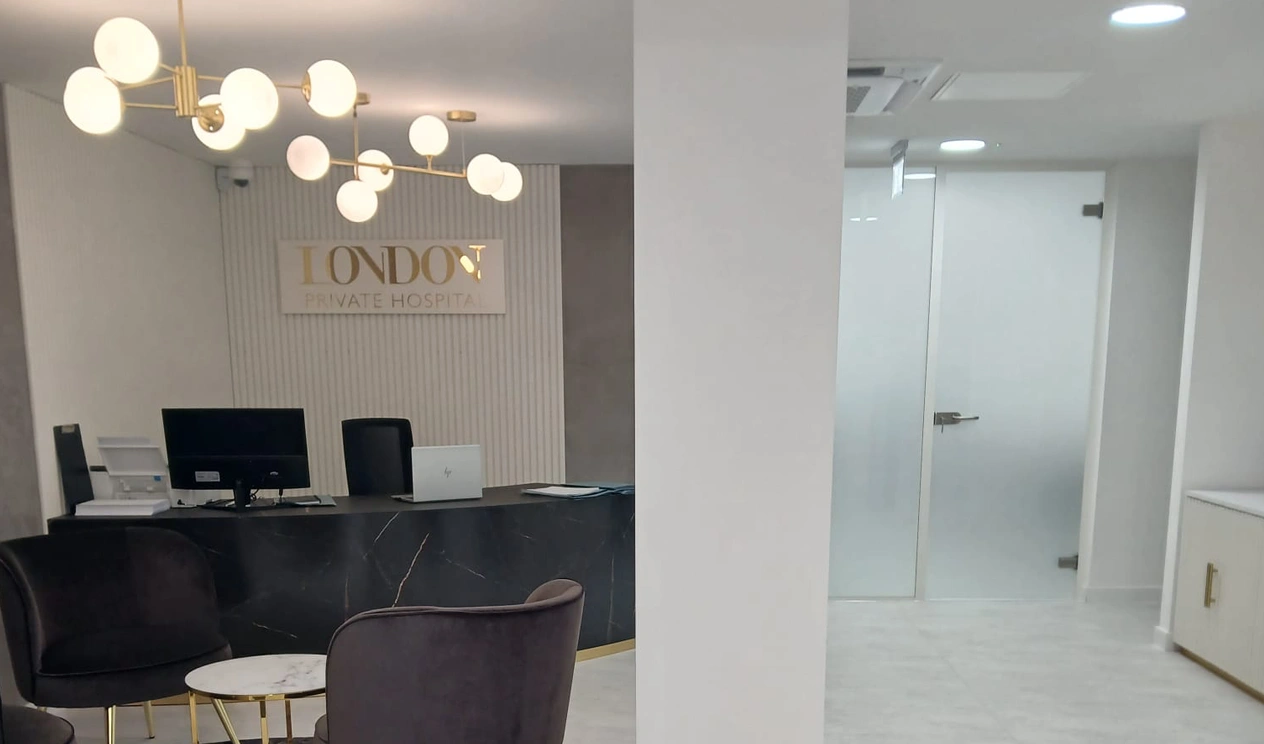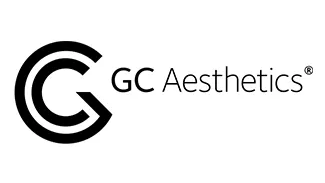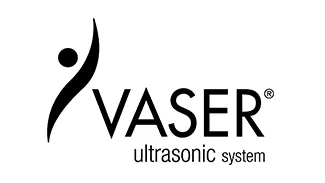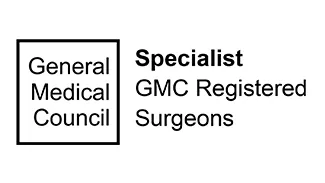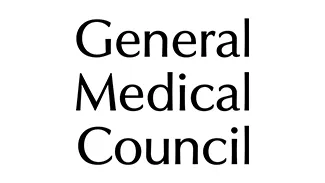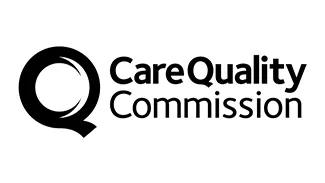This Article Covers:
Cheek Augmentation
Feminine Features: The Cheeks
If your facial features aren’t proportionate, they could give way to a less feminine and less attractive look than you desire. While it’s these imperfections that make us unique, surgery is an option for those who are extremely bothered by their features and looking to make a difference. Making just a few minor tweaks can change the whole dynamic of your face.
When the cheeks are flat and lack definition, they can cause the face to look masculine. Simply adding volume gives them more definition and a more feminine appearance.
The Ideal Cheeks: should be oval-shaped and plump; sit high on the face and taper inward.
How It Balances The Face: provides definition between the eyes, cheeks and lower face, preventing overall flat-looking features.
How It Affects Other Facial Features: Draws unwanted attention away from the nose; can create a lifting effect and gives fullness to the lower part of the face. Overall it is perceived to open up the face and give an impression of youth.
What Prevents Facial Balance: Flat Cheeks
“Contouring the cheeks gives better symmetry to the face since it adds fullness and some width for a natural look,” says George Saunders, plastic surgeon. It can also improve the overall balance of the features and make the face look more youthful. “Adding volume to certain parts of the cheek, specifically the upper area near the cheek bone, gives a nice natural- looking plumpness,” explains Dr John Bull. The trick is for your plastic surgeon to balance the existing volume with the volume that will be added so that the cheeks don’t look too big.
Full proof Solution for Fuller Cheeks
Full cheeks are a facial trait that never goes out of style, a quintessential sign of youth and beauty. And, although some of us are lucky enough to be born with naturally high cheekbones, there are multiple ways to achieve a sculpted look if you’re not one of them. “There are so many great ways to augment the cheek area now,” says facial plastic surgeon James Alex. “Your concerns, how your cheeks have aged and what kind of result you are looking for will determine what option you’re best-suited for.”
To restore volume lost with age or to provide definition, your plastic surgeon or dermatologist can inject fillers along the cheekbone. While there are a variety of injectables available, different ones produce varying effects, and not all of them last the same amount of time. “Technically, there are no fillers approved for use in this area, but there are several options that are considered to be safe and effective,” For temporary correction, Dr. D.J. Verret suggests hyaluronic acid fillers like Restylane and Juvéderm, as well as collagen-stimulators Radiesse and Sculptra Aesthetic (which last longer). “For a more permanent solution, consider fat transfer, a procedure where fat is removed from the belly or thighs, and injected into the face,” Dr. D.J. Verret says. “While it may take several treatments to get optimal results, the results are more permanent, which some patients prefer.”
Injectable Fillers
Expert injectors are constantly finding new ways to make use of fillers and injectables. “The cosmetic approach to aging and enhancing one’s appearance has changed. It includes going beyond just wrinkles,” says dermatologist Marta Rendon. “An important part of maintaining a youthful appearance is addressing volume loss. Some of the more popular uses for fillers are revolumization of the cheeks (and lips, filling in under the eyes, improving the look of the hands and earlobes and, of course, minimizing smile lines).”
By using a combination of injectable fillers, your doctor can instantly lift your cheeks and restore lost volume. Thick hyaluronic-acid-based gels like Perlane, and longer-lasting Radiesse and Sculptra, are ideal for resculpting the cheek and building volume. The result, which lasts on average from six months to a year, if not more, is contoured cheeks, giving way to a more youthful appearance.
Both hyaluronic acid injectables and collagen-stimulating fillers can reinstate definition to the cheeks, giving a more defined profile and a similar look to what’s achieved with fat without surgery or the “forever” factor. “Fillers are useful in reestablishing the shape of the cheek around the orbital rim, where the signs of aging often begin. This area should be injected with a deeper technique to reduce the risk of visible irregularities since the skin can be thin,” says plastic surgeon Andrew Kornstein. To get the most natural look that doesn’t look “done” or “injected,” filler should be placed in the front of the cheeks, as opposed to the outside of the cheekbones, which causes the filler to push the eyes up.
“The upper cheeks are an extension of the tear trough area,” says facial plastic surgeon Min Ahn. Filler or fat can be used to help lift the outer corner of the cheeks and add volume so that the cheeks and under eye are in better proportion.
Placing Sculptra Aesthetic, a collagen stimulator, in the upper area of the cheek adds fullness and can also lift the area below the cheeks, which may be flat. “By lifting the cheeks, other features are subtly lifted, too, like the corners of the mouth and jawline, which gives a nicer contour.¨Radiesse, Juvéderm and Artefill can also be used to achieve similar results.
3 ways to book your consultation with us
Nu Cosmetic Clinic services are now available through Manchester Private Hospital.
Click here or Use the form below to submit your request seamlessly.
Request Your Free Consultation
Nu Cosmetic Clinic services are now available through Manchester Private Hospital. Click here or Use the form below to submit your request seamlessly.

